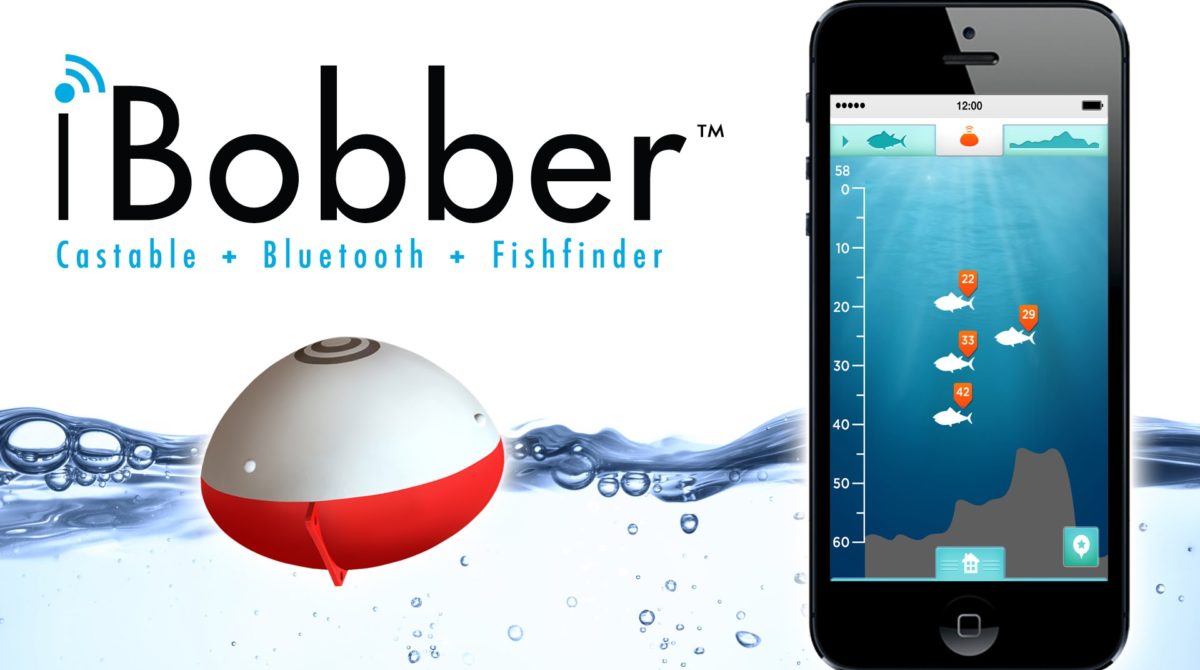Choosing the right fly fishing line for the right situation is an important part of the hobby of fly fishing. Different lines work better under different conditions, and using the best option will increase your performance.
The weight of the line you’ll be using depends on a few things. First, be sure to match your line with your rod (a five weight reel and rod should be used with a five weight line, etc.). Some manufacturers claim that you can go either one weight above or below your rod’s recommendation, but you’ll get better performance by matching them exactly. Weight five to six is the average weight, and best for most fishing. It works well for small and mid sized fish of practically any species, including small bass and all but the biggest trout. Lower weights should be used for smaller fish, while higher numbers should be selected for larger species.
The next thing to understand are the different “tapers”, or shapes that fly lines can have. The two basic tapers are the weight-forward and the double taper. Weight-forward tapers are just what they sound like. The first thirty or so feet of the line is heavier than the rest, helping increase the casting distance and accuracy. These lines are harder to perform delicate casts such as roll casts, but the extra weight make them much easier to use in windy conditions and are the best choice for beginners. The double taper begin with one diameter, increase briefly, and then return to the original thickness. While they won’t cast as far or perform nearly as well in the wind, these are the preference of more experienced fishermen thanks to their ability to make delicate presentations. There are also shooting tapers designed for fast moving rivers, as well as saltwater tapers designed for heavier flies.
Different line density will determine whether or not your line sinks or floats. Choose a floating or sinking line depending on what kind of flies you’ll be using. In most cases, a floating line is the best option unless you’re fishing deep water with wet flies.
Consider an easy to see colour for your FLY FISHING line. The fish won’t notice them thanks to your leader, and being able to see the line easily will let you observe any casting mistakes you’re making and help you notice when you have a bite.
Speaking of leaders, be sure to select the right one as well. They’re available in numerous lengths and sizes, each for certain types of fish. There are several charts available to help narrow down your choice but a good all-around leader size is 4x or 5x size, in a nine foot length.
